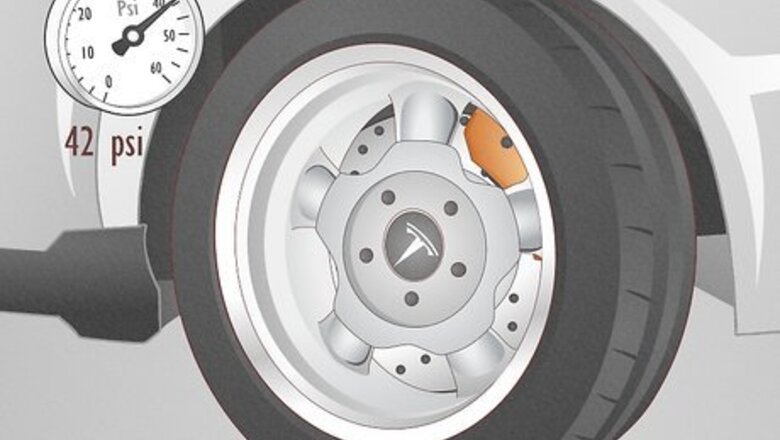
views
- The Tesla Models 3, X, and Y all have a recommended tire pressure of 42 psi (pounds per square inch).
- The Model S has a recommended pressure range of 38-45 psi, depending on the tires.
- The Roadster has 30 psi in the front tires and 40 psi in the back.
Recommended Tire Pressure For Every Tesla Model
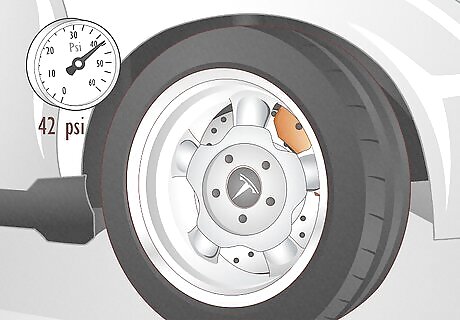
The tire pressure for Tesla Model 3 is 42 psi (pounds per square inch). The Tesla Model 3 has a pressure range of 42-45 psi, but 42 is the recommended level. A higher tire pressure can give you more range, but also make your ride bumpier.
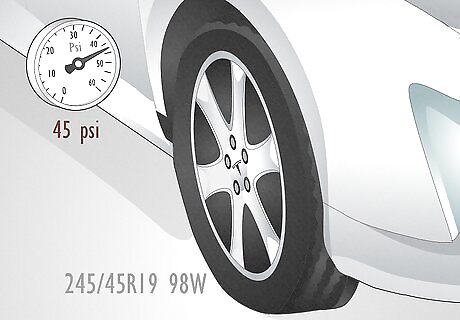
The Model S pressure depends on what tires are on the car. The Model S comes with a few different tire configurations, both square (where all the tires are the same) and staggered (where the back tires are wider). Your recommended pressure will vary depending on which ones you have. If you have 245/35R21/XL 96W tires, the pressure is 42 psi. The pressure for 245/45R19 98W tires is 45 psi. For staggered tires, if you have 245/35R21/XL 96Y in the front and 265/35R21/XL 101Y in the back, the pressures vary from 38-45 psi in the front to 40-45 psi in the back.
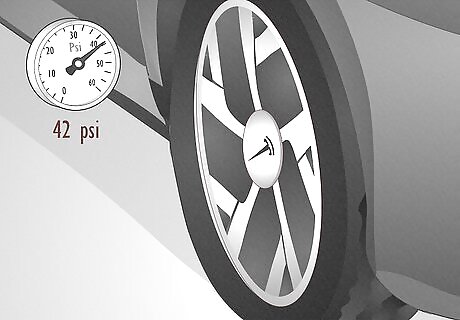
The recommended tire pressure for Model X is 42 psi. Like the Model 3, the Model X has a pressure range, this time from 42-45 psi. In this case, the pressure depends on what kind of tire is on the car. If you have a the 20” Continental, LX20 275/55R20 111T, the pressure is 45, any other tire it comes with is 42 psi.

The psi rating for Model Y is 42. The Model Y also has a range, from 40-45 psi, but 42 psi is the recommended pressure.
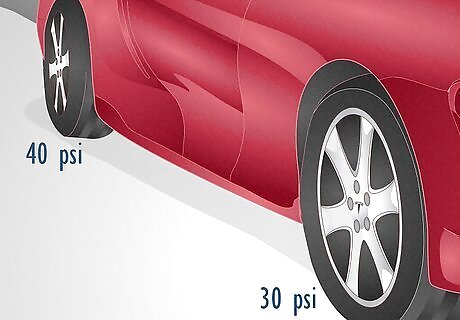
The Roadster always has different pressures in its front and back tires. The front needs 30 psi and the back needs 40 psi. The tires are different pressures to maximize the car’s power and handling—the high pressure tires in back have low resistance on the road and the low pressure front tires allow you to have better control.
Checking Your Tesla’s Tire Pressure
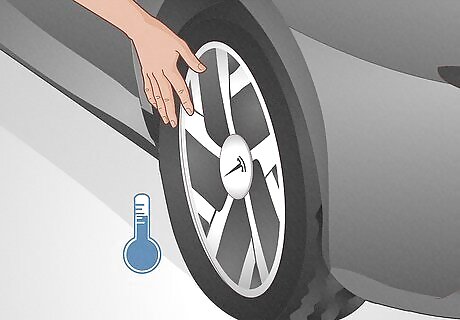
Check the pressure before driving the car when the tires are cold. When the temperature of something goes up, so does the pressure. Tires that have been driven on for more than 1 mile (1.6 km) will have different readings than tires that have been sitting in a cool garage all night. Check the pressure when the tires are completely cool for the most accurate reading. Checking first thing in the morning is a reliable way to make sure the tires are cold.

Use a tire pressure gauge to check the pressure manually. Uncap the tire’s valve stem and firmly press the head of a tire pressure gauge into it. Wait until the hissing stops, then read the gauge. If the hissing doesn’t stop, you’re either not pressing hard enough or there’s debris in the valve stem.

Check the automatic reading with the touch screen. Go to “Controls” and then “Service” on your touch screen to see the readings of all four tires. The automatic reading is taken about every fifteen minutes, so it’s not as accurate as manually checking your tire pressure.
Raising and Lowering Your Tesla’s Tire Pressure

Look inside the driver side door to find the correct pressure. Some Teslas come with a variety of wheels, so check your Tire Pressure and Loading Information label to find the pressure specific to your set up. When filling up tires, use the pressure written on the label and not the number on the side of the tire. The label tells you what pressure your car requires, while the tire’s rating is the highest pressure it can withstand. The only time you should use the number on the tires is when they aren’t original to the car.
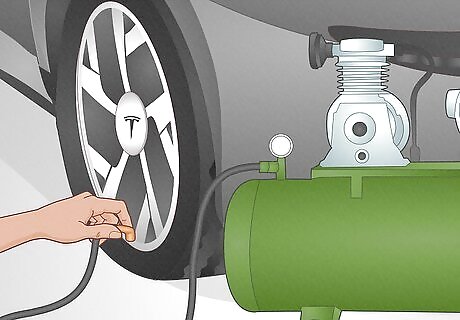
Raise the tire pressure with an air compressor. Check the pressure of your tires with a gauge, then put the nozzle of an air compressor on the valve stem. Fill the tires for a bit, then check the pressure again. Keep going until you’re at the right pressure.
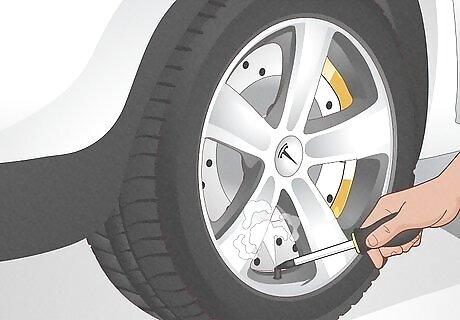
Lower the tire pressure with a flathead screwdriver. Use the tip of a screwdriver to push down on the inside of the valve stem. The tire will make a hissing sound when it’s working. Periodically check the pressure as you let air out of the tire.
Responding to a Tire Pressure Indicator Light
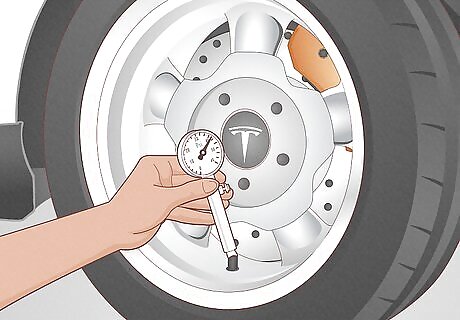
Check your tire pressure manually with a pressure gauge. Uncap the valve stem of the tire and press a pressure gauge into it. Make sure the hissing stops before checking your gauge. To get the most accurate readings, check after the car hasn’t been run for at least three hours. If you have to check them warm, expect a higher pressure.
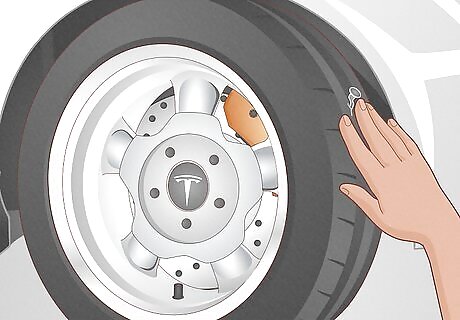
Inspect your tires for any damage. Check the treads and walls of the tires for cracking, cuts, scrapes, punctures, or bulges. If you see anything that looks like damage, have a professional check it out. Never drive on damaged tires below the pressure range. Driving with flat or under inflated tires is dangerous and can damage the wheels.
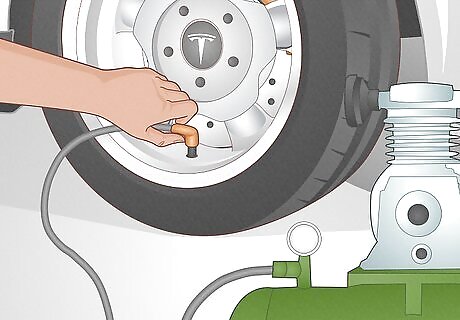
Fill the tires with air to the recommended pressure. Use an air compressor to fill the tires to the correct psi. If the pressure isn’t low, get your Tire Pressure Monitoring System sensors checked by a mechanic.

Reset the sensors by driving at 15 mph (24 kmh). The sensors automatically reset after driving for 2 minutes at over 15 mph (24 kmh). See a mechanic if there’s still a problem.
Tesla Tire Pressure Best Practices
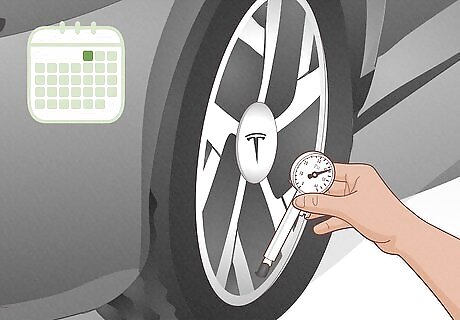
Check your tire pressure at least once a month. The Tire Pressure Monitoring System can give you an idea of what’s going on in your tires, but to be absolutely sure, do a manual check. Check your pressure every week if you can manage, but if not do it at least once a month.
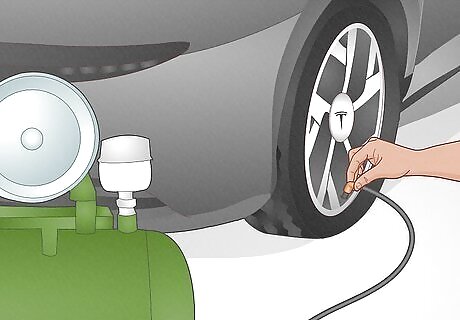
Fully inflate tires before storing your Tesla. If your car’s going to be out of commission for a while, raise the pressure to the maximum psi (written on the tires). The weight of the car can cause the tires to flatten over time, so filling them to the max pressure will help prevent that. Deflate the tires to their driving psi before using the car again.

Monitor your tire pressure when the temperature drops. Every time the temperature drops 10˚F (5.5˚C) the tires can lose up to 1 psi of pressure. Check and refill your tires regularly when it starts getting consistently cold.















Comments
0 comment